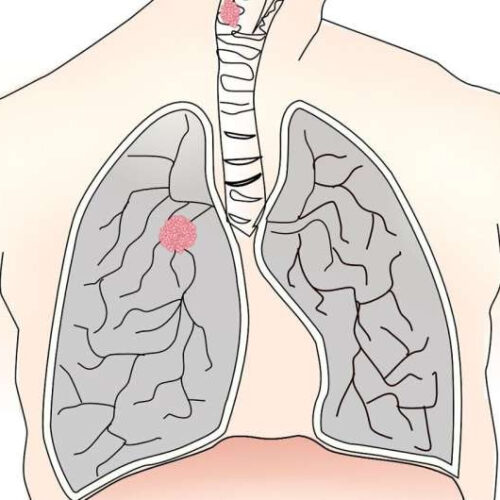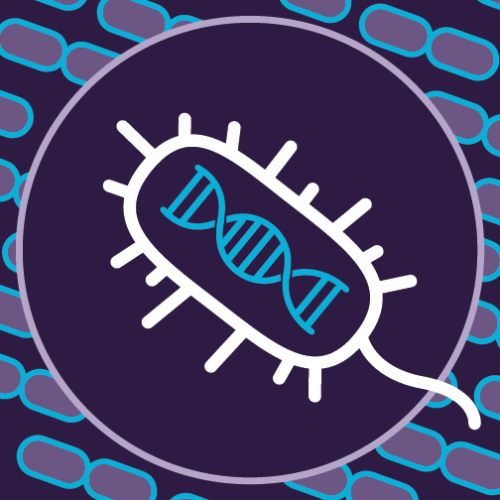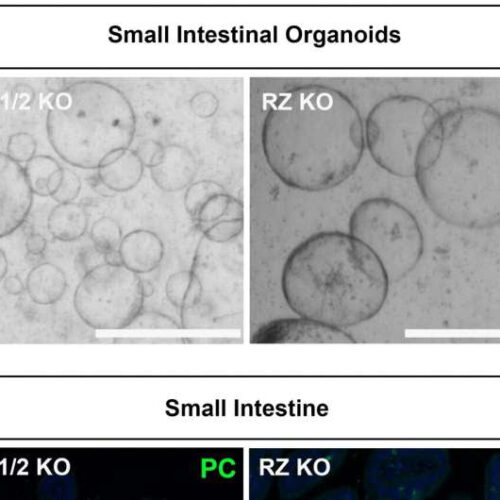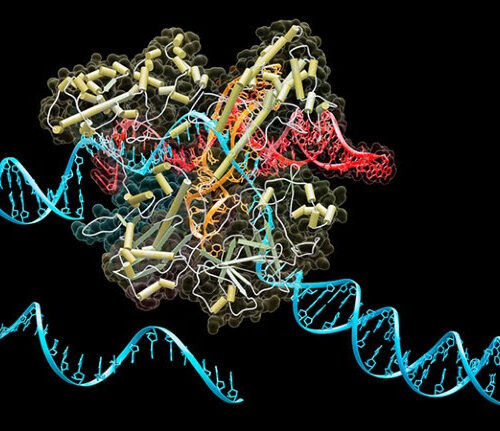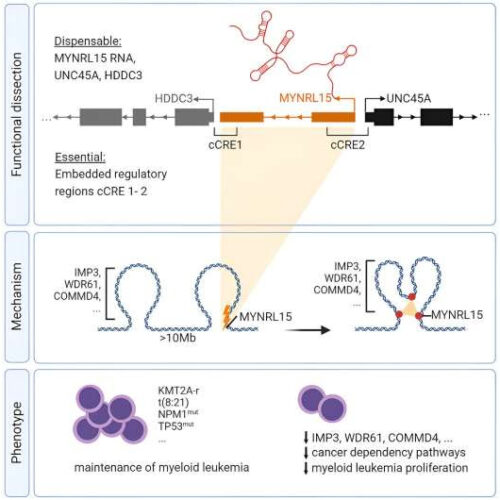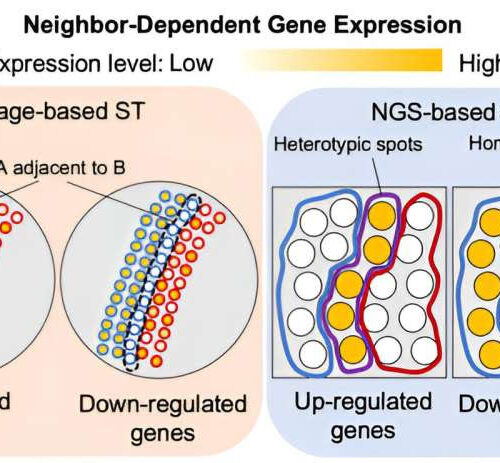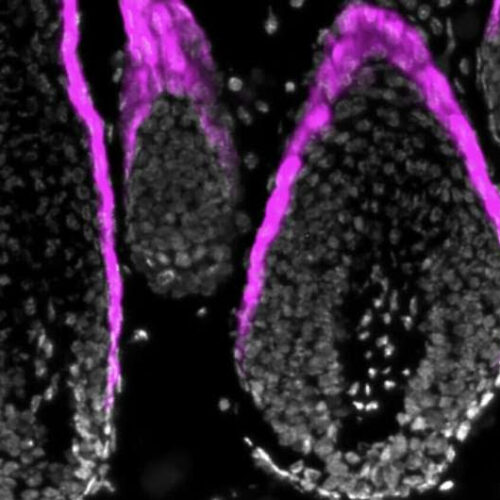by Thamarasee Jeewandara , Phys.org Platelets transfected with mRNA using LNP can express exogenous protein. (A) Schematic describing the transfection of platelets using mRNA-LNP. (B) NanoLuc expression, measured as the relative luminescence units (RLU) per total protein, using various transfection agents (n = 3). (C and D) Representative flow cytometry plots and quantification of median...
Category: <span>Genetics</span>
One protein is key to the spread of lung cancer: New study finds a way to stop it
by Tulane University Credit: Pixabay/CC0 Public Domain A new study by Tulane University has uncovered a previously unknown molecular pathway that could be instrumental to halting lung cancer in its tracks. Lung cancer is one of the most common cancers and the leading cause of cancer-related deaths in the world. The research, published in Proceedings of...
Fighting leukemia with therapeutic RNA
by Goethe University Frankfurt am Main AML xenografts are susceptible to transient LNP/miR-193b treatment in vitro. A The absolute number of human AML PDX cells after treatment with single dose of 4 µg/ml LNPs. B Percentage of apoptotic cells (Annexin V+) on day 2 post treatment. A, B Data are represented as the mean ± standard deviation of three...
Search algorithm reveals nearly 200 new kinds of CRISPR systems
By analyzing bacterial data, researchers have discovered thousands of rare new CRISPR systems that have a range of functions and could enable gene editing, diagnostics, and more.Allessandra DiCorato | Broad Institute Illustration of bacteria. Among ordered lines of bacteria, a single bacterium is highlighted in a circle, and a DNA strand can be seen withinCaption:Researchers...
Decoding cell fate: Key mechanism in stem cell switch identified
by Institute of Molecular Biotechnology of the Austrian Academy of Sciences Top: Intestinal stem cells lacking Daam1 (left) or Rnf43 (right) form tumor-like organoids. Credit: Gabriele Colozza/IMBA Stem cells can differentiate to replace dead and damaged cells. But how do stem cells decide which type of cell to become in a given situation? Using intestinal organoids,...
Treasure trove’ of new CRISPR systems holds promise for genome editing
An algorithm that can analyse hundreds of millions of genetic sequences has identified DNA-cutting genes and enzymes that are extremely rare in nature. Sara Reardon A computer generated molecular structure of the CRISPR–Cas9 protein using a guide RNA sequence to cut DNA. The CRISPR–Cas9 system (pictured) is used to find and cut specific DNA sequences.Credit:...
Cannabis Use Linked to Epigenetic Changes, Scientists Reveal
ByREBECCA DYER (Marshall Pitman/Canva Pro)Using cannabis may cause changes in the human body’s epigenome, a study of over 1,000 adults suggests. The epigenome functions like a set of switches, activating or deactivating genes to change how our bodies function. “We observed associations between cumulative marijuana use and multiple epigenetic markers across time,” Lifang Hou, a...
Scientists discover new Achilles heel of leukemia cells
by Goethe University Frankfurt am Main Graphical abstract. Credit: iScience (2023). DOI: 10.1016/j.isci.2023.107844Leukemia is the most common type of cancer in children. Treatment involves intensive chemotherapy, which has severe side effects due to its non-specific mode of action. A team from the Department of Pediatrics and the Institute for Experimental Pediatric Hematology and Oncology at...
When cells touch, their genetics change: A new front in understanding cancer
by Olivia Trani, Virginia Commonwealth University Graphical abstract. Credit: Molecular Systems Biology (2023). DOI: 10.15252/msb.202311670The cells that make up our bodies are constantly communicating with each other, sometimes directly by physical touch. These interactions allow cells to respond to their neighbors, adapt to their surrounding environment and organize themselves into a fully functioning organism. Studying...
Discovery of hemoglobin in the epidermis sheds new light on our skin’s protective properties
by Elsevier Hemoglobin α (magenta) in mouse hair follicles during the growth phase of hair cycles. Credit: Umi Tahara, Takeshi Matsui, Keitaro Fukuda, and Masayuki AmagaiResearchers have shown for the first time that hemoglobin, a protein found in red blood cells where it binds oxygen, is also present in the epidermis, our skin’s outermost body...


